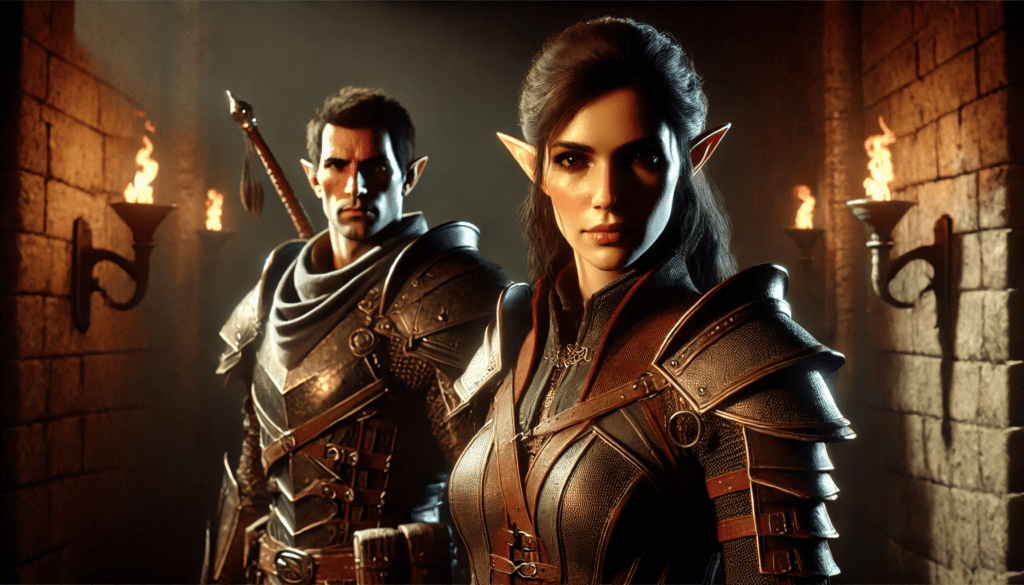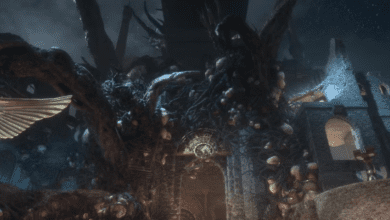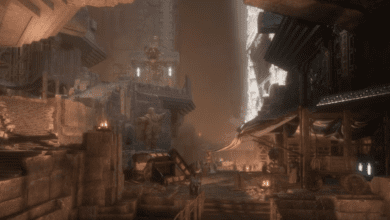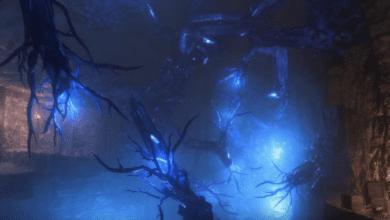How to Fix Long Shader Compilation Times in Dragon Age: The Veilguard
Key Takeaways
- Game Startup Issues: Many players face long startup times and crashes due to shader compilation issues in Dragon Age: The Veilguard.
- Potential Fixes: Deleting the Shader Cache folder has resolved issues for some, allowing smoother startup.
- Performance Optimizations: Ensuring your drivers are up-to-date and considering deeper troubleshooting steps may help improve gameplay experience.

With Dragon Age: The Veilguard now available, players are diving into the game’s intricate lore and dynamic gameplay. However, many users report persistent crashes and sluggish start-up times due to shader compilation. Shader compilation is crucial for optimal visual performance, but in this case, it’s become a sticking point for some players, especially on PCs. This article will explore what shader compilation issues entail, why they happen, and provide detailed solutions to get you back into the game faster and with fewer interruptions.
What Causes Shader Compilation Issues?
Shader compilation issues in The Veilguard stem from the game’s process of preparing shaders short code snippets that control lighting, shadows, and visual effects to match each player’s unique hardware. Normally, this process happens at the start of the game or when new drivers are installed. However, in The Veilguard, many players find that shader compilation is taking unusually long or repeatedly running, severely impacting performance.
Shader compilation utilizes the CPU, yet reports indicate that The Veilguard may not efficiently harness all CPU cores, causing some systems to appear as if they’re stuck in an extended loading phase. This inefficiency has led to startup delays from minutes to even hours, affecting players on both high-end and mid-range setups.
Fixing Dragon Age: The Veilguard Shader Compilation Crashes
If you’re facing these issues, here are some effective solutions:
1. Update Your Graphics Drivers
One of the most straightforward ways to minimize shader compilation issues is by ensuring your graphics drivers are fully up-to-date. Outdated drivers can cause compatibility issues, including extended loading times and crashes. Both NVIDIA and AMD frequently release updates to optimize game performance, so start by checking for any updates:
- NVIDIA Users: Use GeForce Experience or download directly from NVIDIA’s official site.
- AMD Users: Access the AMD Radeon Software or visit AMD’s official site for updates.
2. Clear the Shader Cache Folder
One method that has been successful for many players involves clearing the shader cache manually. Here’s how to do it:
- Open Steam, navigate to your Library, right-click Dragon Age: The Veilguard, and select Manage.
- Click Browse Local Files to open the game’s directory.
- Locate the Shader Cache folder and delete its contents (make sure to back up this folder before making changes).
- Restart the game and check if this reduces the loading time and crash frequency.
Clearing the shader cache forces the game to recompile shaders, which may fix any corrupted files causing crashes.
3. Optimize Your CPU Usage During Shader Compilation
Since shader compilation in The Veilguard primarily relies on a single CPU thread, optimizing CPU performance might help speed up this process. Here are some tips:
- Close Background Applications: Make sure no CPU-intensive programs are running in the background. Even web browsers or antivirus programs can add to CPU load.
- Check Power Settings: Set your PC’s power settings to High Performance (on Windows, go to Power Options in Control Panel) to allow the CPU to work at full capacity during shader compilation.
4. Verify Game Files
Corrupted or incomplete files can exacerbate loading issues. To verify the game’s files through Steam:
- Right-click Dragon Age: The Veilguard in your Steam Library.
- Select Properties, go to the Local Files tab, and choose Verify Integrity of Game Files.
- Steam will check and replace any damaged or missing files, which can reduce crashes and performance issues.
5. Install on an SSD
Given the size of shaders and the game’s load process, an SSD (Solid State Drive) offers significant performance benefits over traditional HDDs. Moving The Veilguard to an SSD can drastically reduce startup times and make shader compilation faster.
6. Use Display Driver Uninstaller (DDU) for Thorough Cleanups
For players still experiencing issues after trying the above steps, using Display Driver Uninstaller (DDU) may help. DDU is a third-party tool that thoroughly cleans old GPU driver entries, including shader caches and other leftover files that may conflict with new installations.
- Download DDU from the official Wagnardsoft website.
- Run DDU and follow the on-screen instructions to remove all existing GPU drivers.
- Reinstall the latest drivers for your GPU, ensuring a clean setup.
7. Consider Lowering Graphics Settings Initially
If you’re still encountering frequent crashes, try lowering the graphics settings temporarily. Lower settings can reduce shader load, allowing you to test if shader compilation completes successfully with minimal effects applied. Once the game launches reliably, you can gradually increase graphics settings to your desired level.
8. Wait for Game Updates or Patches
In many cases, shader compilation issues stem from the game’s optimization rather than individual hardware limitations. BioWare and game developers often release patches shortly after a major release to address known performance issues. Keeping an eye out for updates from The Veilguard team may resolve these startup problems permanently.
Frequently Asked Questions (FAQs)
Q: Why does shader compilation take so long in Dragon Age: The Veilguard?
A: Shader compilation takes longer in The Veilguard due to its extensive preparation process to accommodate various PC hardware setups. The game appears to be less optimized for multi-threaded CPU use, which may slow down this process.
Q: Can I skip shader compilation entirely?
A: Unfortunately, shader compilation is necessary for optimal game performance. Without it, you’d likely encounter severe stuttering and visual glitches.
Q: Will deleting the shader cache affect my game’s visuals?
A: Deleting the shader cache will force the game to recompile shaders, which can fix crashes but will not negatively impact the visuals. The game will regenerate this cache based on your settings and hardware, ideally providing a smoother experience.
Q: Why is shader compilation running every time I start the game?
A: If shader compilation runs repeatedly, there might be an issue with the game’s cache management. Try verifying the game files in Steam or reinstalling your graphics drivers to see if this resolves the recurring compilation.
Q: How can I speed up shader compilation in general?
A: Ensure you have up-to-date drivers, a High-Performance power setting, and consider installing the game on an SSD. Additionally, using tools like DDU to clean old drivers before reinstalling can reduce potential conflicts that slow down shader compilation.





